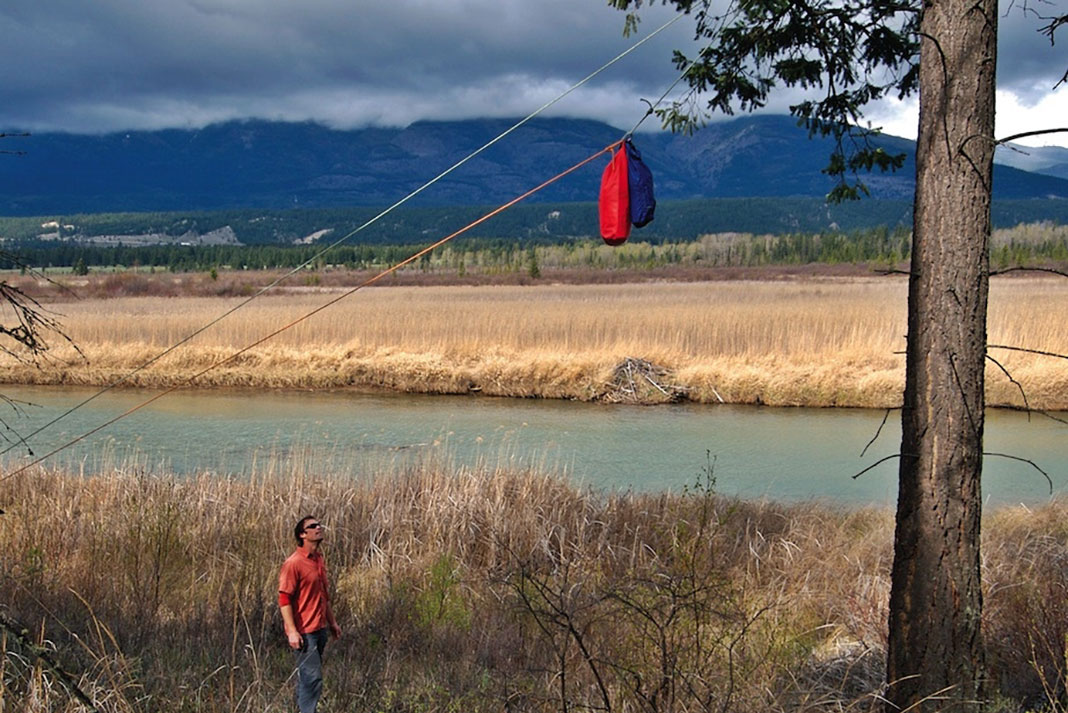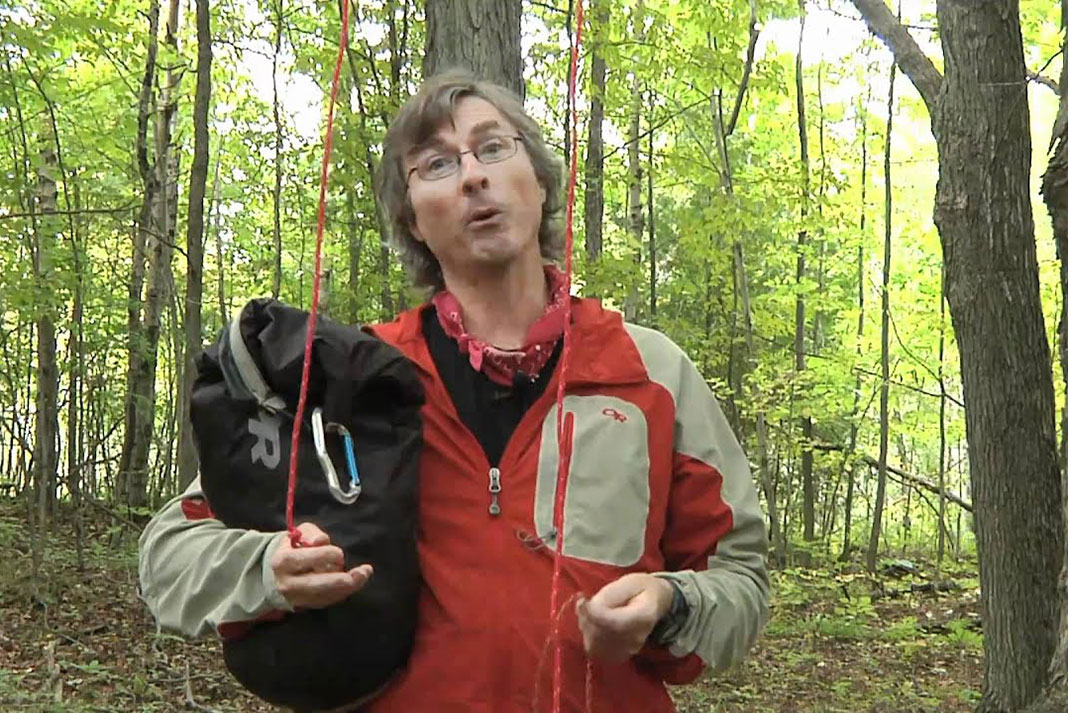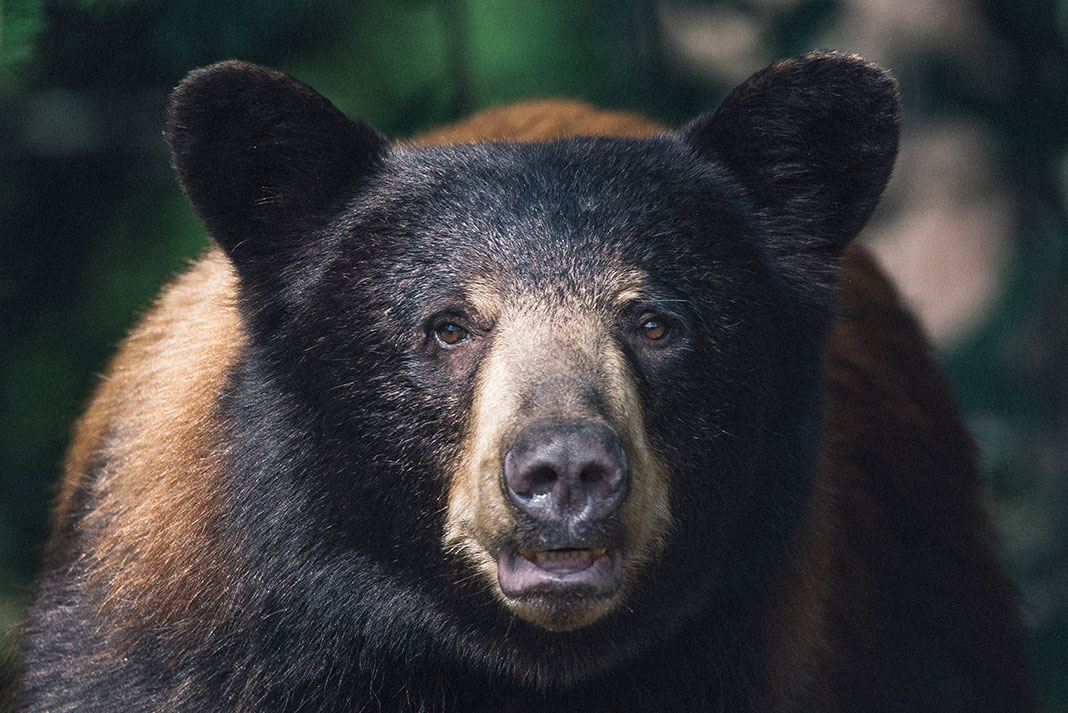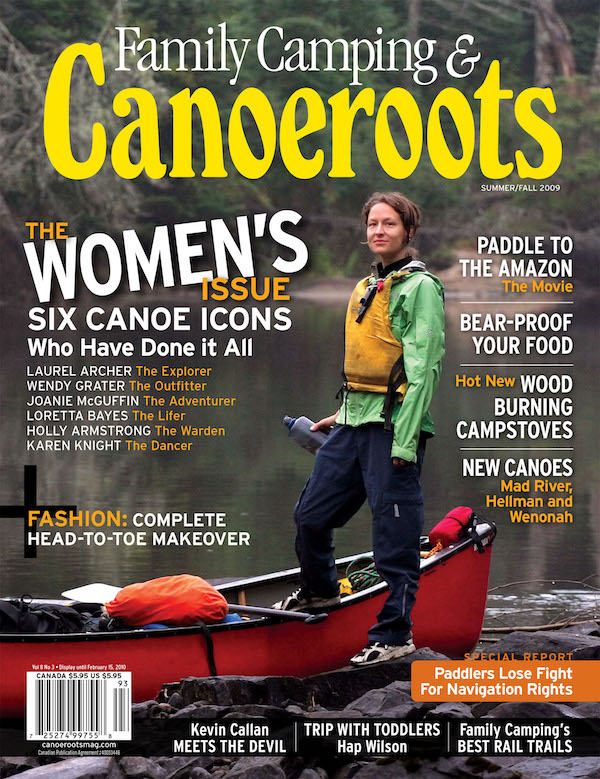Making a proper bear hang the safe and easy way doesn’t have to be a skill learned from experience; take it from those who have hoisted more than a few packs themselves—and have the healed-up rope burns to prove it.
Far too many trippers have awoken on otherwise fine mornings to find a bear has stolen their food pack, peeled open a supposedly bear-proof food barrel like a tuna can or a clawed through an overturned canoe. This can wreck a trip and be fatal to the bear, since once a bear associates humans with food its fate is sealed.
4 tips to stash your food safely in a bear hang
Safeguard your provisions by stowing them out of reach of motivated claws and jaws. Raising the pack at least three meters off the ground is a good start, but too many campers leave their food close to tree trunks, serving up a boreal buffet for acrobatic bears.
The important second step is to pull the pack at least two meters away from the tree trunk. All sorts of pulleys, Z-drags, balancing acts and feats of strength will accomplish this, but the simplest method is to use two ropes: one to hoist the load and the other to pull it away from the tree.
1 Don’t delay
Set up your hoist rope as soon as you arrive at camp, not after dark. A perfect tree is at least 200 meters from camp and has a stout branch four to five meters up, with no ladder branches below.
2 Be a rock star
Slip a fist-sized rock into a stuff sack and tie the sack to the end of your rope. An underhand lob will send the sack and trailing rope over the branch and back down to the ground.

3 Two ropes are better than one
Secure the food pack and a dangling second rope to one end of the hoist rope. Pull on the free end of the hoist rope while a partner helps from below (a paddle helps get it high). Tie the hoist rope off to a nearby tree.
4 Try the trucker’s hitch
Now use the second rope and a distant tree to pull the load away from the tree trunk—a trucker’s hitch offers some mechanical advantage. Secure this rope, and get back to the campfire!
With practice, and a little tree karma, it should only take a few minutes to keep your food, yourself, other campers and the bears safe.
Far too many trippers have awoken on otherwise fine mornings to find a bear has stolen their food pack. | Feature photo: Dave Quinn






 This article was first published in the Summer/Fall 2009 issue of Canoeroots Magazine.
This article was first published in the Summer/Fall 2009 issue of Canoeroots Magazine. 
A rock in a stuff-sack??
No, carry a hardware-store pulley. Tie the rope to the pulley’s anchor loop, throw it over the limb. Lower it down, thread your second rope through the pulley. Tie both ends of the second rope together; you’ll need both ends.
Hoist up the pulley to near the limb, or to the required height. Tie your first rope off, to that tree-trunk or to another tree. Then untie your knot joining both ends and tie one to the food-pack. Use the second rope to hoist your food-pack, but, as you siad, tie it off to a second tree, pulling the food-pack away from any nearby limbs or other trees.
Once you’ve used a pulley, you’ll never go back to either the “rock in a sack” or to hoisting the weight of the pack directly over the limb.
Bonus: the pulley can also be used in a Z-drag rig. And it does less damage to the tree-limb.